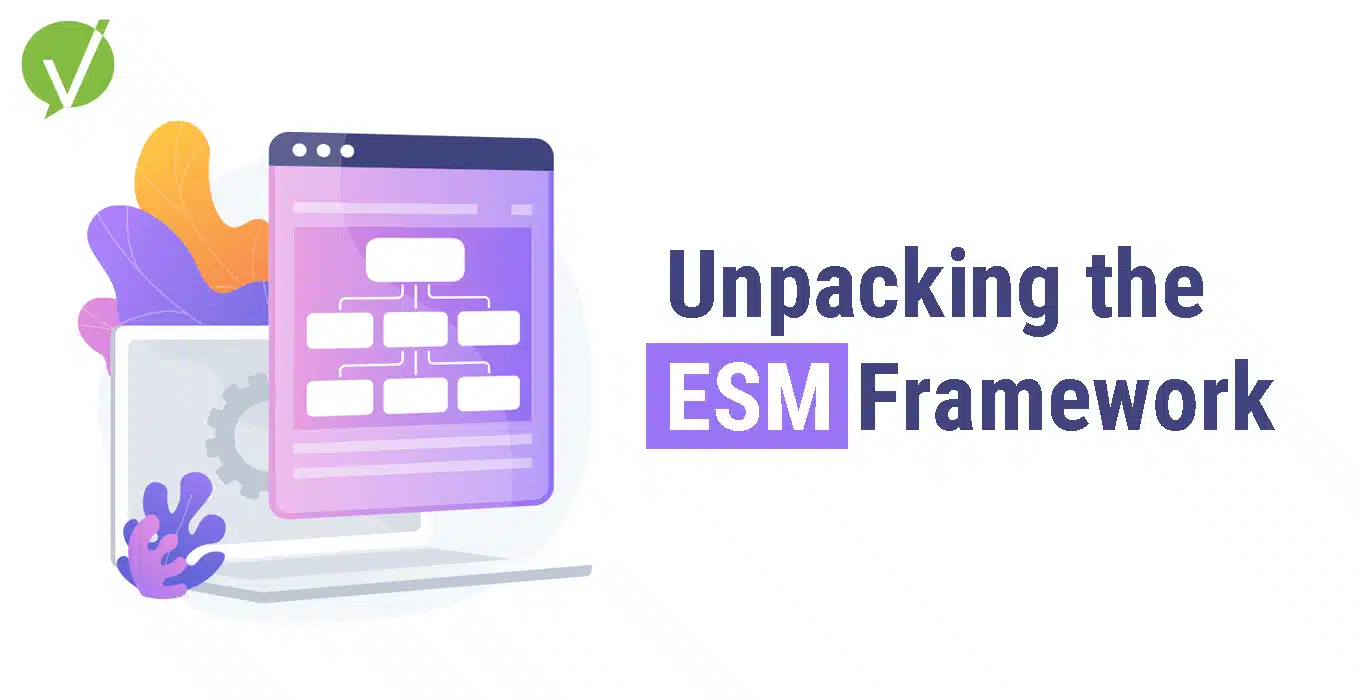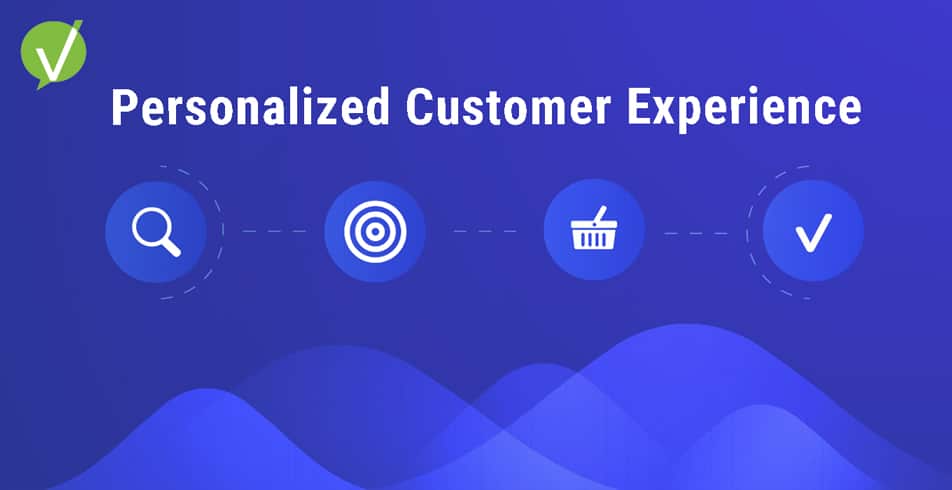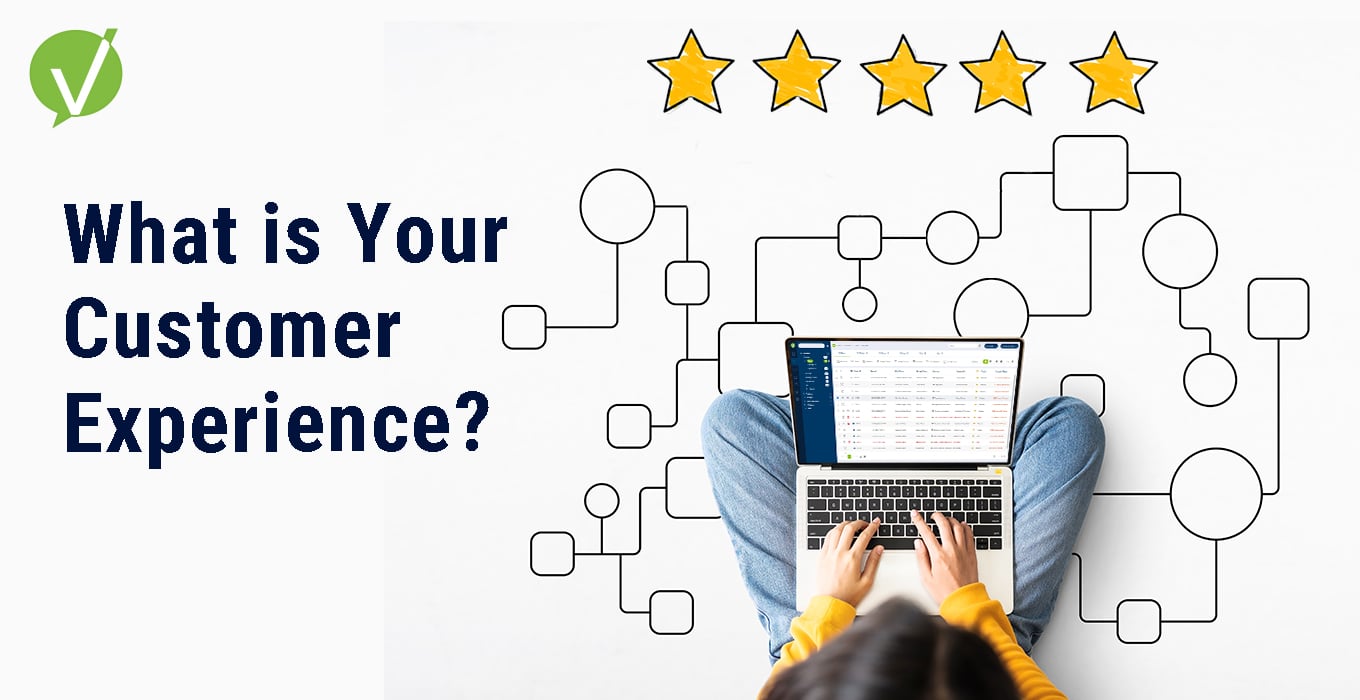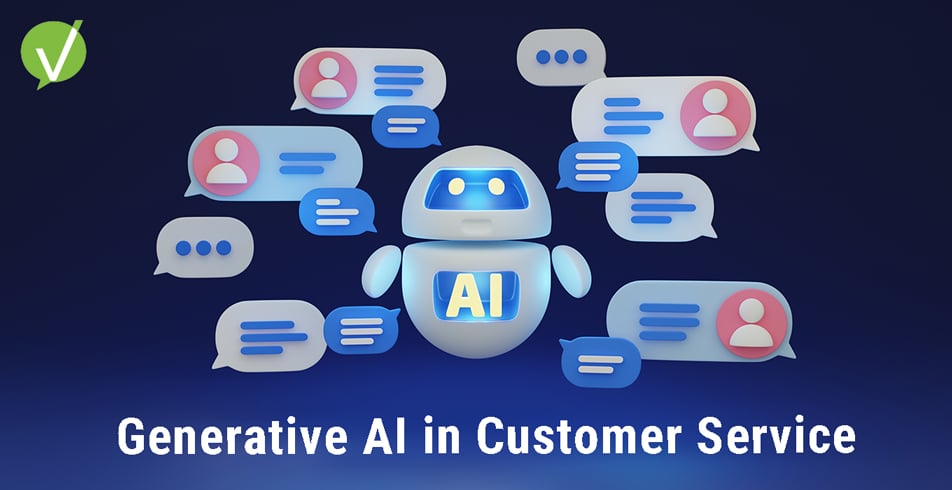The Future of Organizational Processes: Unpacking the ESM Framework
Introduction
Efficiency and agility are the linchpins of business success, the demand for streamlined processes is more significant than ever. Enter the Enterprise Service Management (ESM) framework: a strategic tool designed to optimize organizational processes and bring order to the chaotic world of business operations. In this piece, we’ll delve into the key components of ESM, its benefits, and how it fosters cross-departmental collaboration.
The Core Components of an Enterprise Service Management Framework
Definition of an ESM Framework
At its core, an ESM framework is about integrating and aligning service management principles across an organization. Unlike traditional service management, which often focuses primarily on IT, ESM’s reach is organization-wide, ensuring all departments function with cohesion.
Key Elements:
- Process Standardization: Creating a uniform approach, it ensures that no matter the department, everyone is reading from the same book. Uniform processes can help companies decrease costs by almost 50% and increase productivity by 30%.
- IT Integration: Gone are the days when IT was a stand-alone entity. In the ESM framework, IT seamlessly aligns with business objectives, ensuring technologies drive forward the company’s mission.
- Service Portfolio Management: This is about managing and prioritizing what you offer to your stakeholders. It’s akin to a restaurant’s menu, showcasing the best services tailored to customer needs.
- Performance Analytics: Just as a car’s dashboard shows if you’re low on gas or if there’s an engine fault, performance analytics keep businesses informed about service efficiencies or areas needing improvement.
Benefits of Implementing an ESM Framework in Your Organization
Transitioning to an Enterprise Service Management (ESM) framework is not just about process refinement; it’s about unlocking a plethora of advantages that enhance both internal operations and external engagements. From boosting the bottom line to fostering a resilient organizational structure, let’s dive into the tangible benefits that come with implementing an ESM framework:
- Operational Efficiency: By minimizing process hiccups, organizations can expect faster response times and an overall more fluid operation.
- Cost Effectiveness: When operations run like a well-oiled machine, there’s a direct correlation with cost savings. ESM can lead to a significant reduction in operational costs.
- Enhanced Customer Experience: Happy internal teams often lead to happy customers. With the streamlined processes ESM provides, customers benefit from consistent and efficient service delivery.
- Risk Mitigation: In a world of increasing regulatory scrutiny, ESM ensures that compliance isn’t an afterthought. Plus, with robust processes in place, disaster recovery becomes a breeze.
- Adaptability: Just as water takes the shape of its container, an effective ESM framework ensures organizations are adaptable to the ever-changing business landscape.
How ESM Enhances Collaboration Across Departments
Effective collaboration is the key to unlocking true organizational potential. However, fostering this collaboration is often easier said than done. Here’s where the Enterprise Service Management (ESM) framework comes into play, acting as a bridge between departments like HR, Facilities, Finance, and Legal and knitting together disparate teams. Let’s explore how ESM can transform the inter-departmental dynamic:
- Breaking Down Silos: The corporate world is notorious for its silos, but ESM acts as a sledgehammer, fostering open channels of communication and ensuring everyone is on the same page.
- Integrated Platforms: Think of it as the difference between having multiple remote controls or a universal one. Integrated tech platforms mean departments are no longer working in isolation, with real-time data sharing becoming the norm.
- Shared Knowledge Base: Picture a giant database where insights and information are stored for all to access. This not only ensures everyone is informed but also promotes quicker problem-solving.
- Unified Workflows: Instead of each department having its unique way of doing things, ESM creates a standardized approach, ensuring smoother operations across the board.
Conclusion
The Enterprise Service Management Framework isn’t just another corporate buzzword. It’s a strategic powerhouse, geared towards propelling businesses into a future of streamlined processes, collaborative teams, and enhanced efficiency. If you’re seeking a competitive edge, it might be time to embrace ESM wholeheartedly.
Ready to transform your business with the power of ESM? Reach out to Vivantio for expert insights and tailored solutions that put you ahead of the curve.








